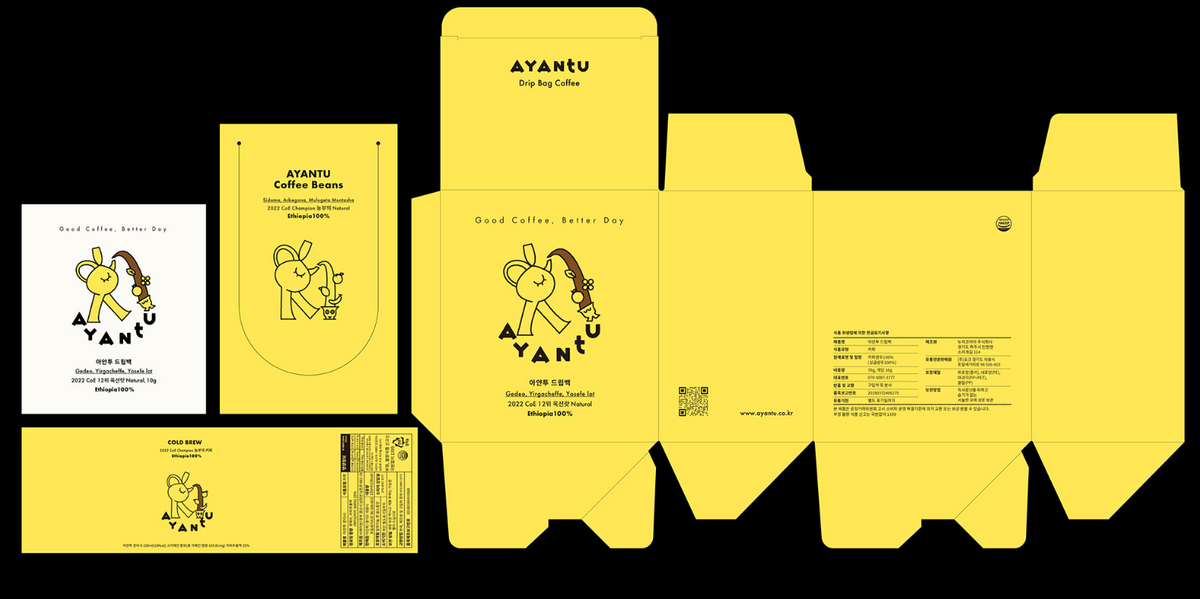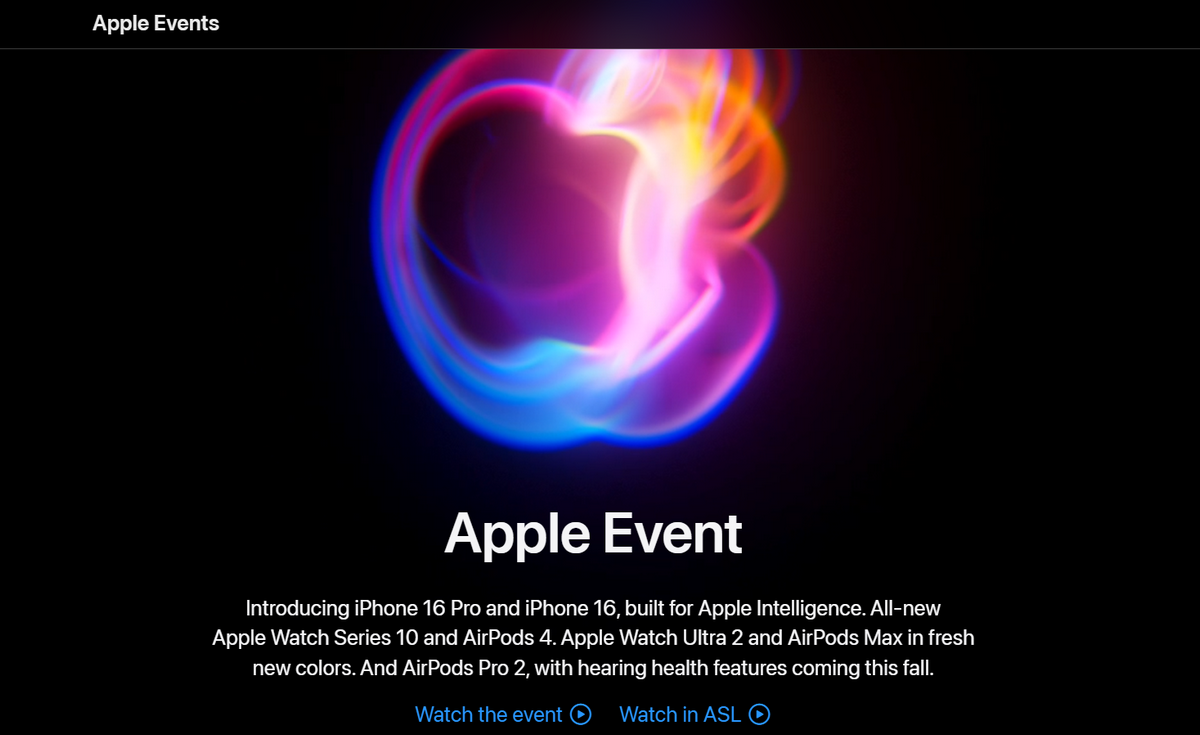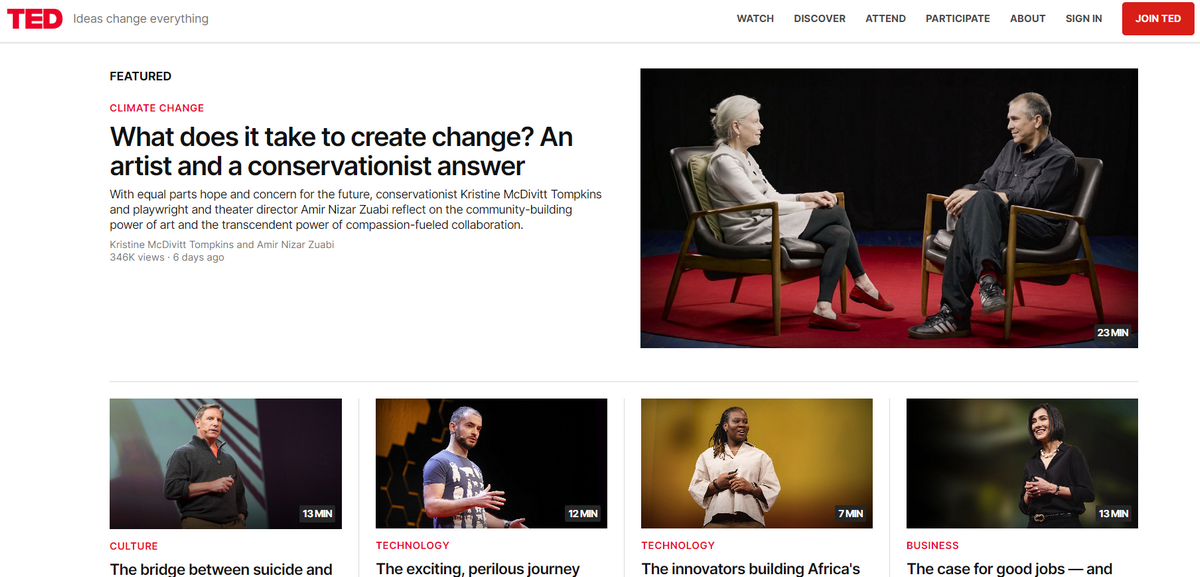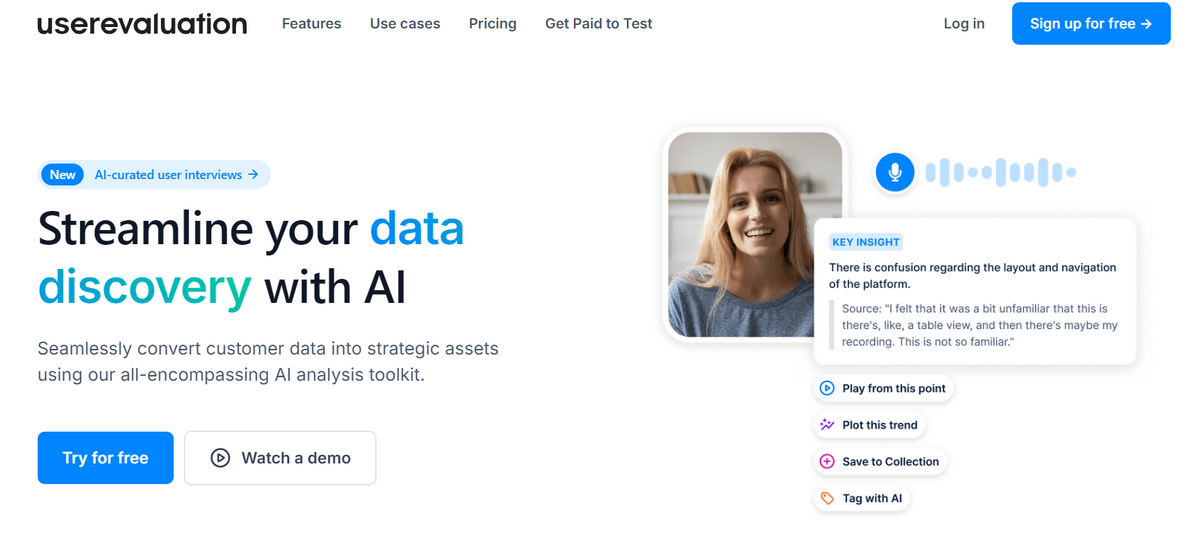Introduction
Do you know that over 90% of marketers highly praise in-person events for promoting companies and their products? In the United States alone, the event industry is valued at 94 billion dollars and is expected to reach $538.6 billion by 2030, with a hefty chunk of that to be branded events.
This is unsurprising for leading companies constantly conducting conferences, trade shows, and workshops. Heads up to Apple and its annual keynote, where the high-tech pioneer debuts its new items in the lineup. Studies show that an overwhelming 84% of event attendees agree that they are more optimistic about the company and the promoted product after such an in-person interaction.
Indeed, event marketing plays a crucial role in reinforcing a company's position in the market. However, it is nothing without well-thought-out and professionally executed event branding. It is a secret sauce that makes this unique opportunity for two-way communication coherent with the company's personality.
What is event branding? Why is it important? What are effective strategies to realize it for your company? Follow our guide to find all the necessary answers.
What Is Event Branding?
Event branding is a widespread event marketing practice that supports promoting a company or standalone event through individualized in-person, real-time engagement, and visual experience. It involves creating a unique logo, name, symbols, colors, typography, messaging, stationery, marketing material, and imagery to reveal the personality and identity of the promoted item.
Event branding is closely related to the company branding. Yet, it is a separate practice with its unique identity achieved through an intelligent combination of on-site and digital branding tactics. At the core, it tells an exclusive story and connects with the audience through a meaningful, long-lasting brand experience. It gathers individual elements of design, theme, and messaging to establish a strong connection between customers and the company.
Companies use these well-guided branded gatherings to launch new products, conduct conferences, and draw attention to the brand through experiential marketing practices. They participate as hosts, co-hosts, participants, or sponsors.
It is crucial to note that modern-day events are now more than planned public or social occasions on-site. They can be conducted online or presented in a hybrid format. As a result, event branding has become multifaceted, including traditional and modern assets like websites, mobile applications, and even branded games.
Good examples of event branding are New York Fashion Week, Apple Keynote, TED, or less glorious but still engaging Google Santa Tracker.
Primary Goals and Benefits of Event Branding
Event branding is crucial to event marketing and the company's development strategy. It tells a story that showcases a brand and its product in specific settings and helps companies achieve their primary goals more effectively.
Event branding gains access to a highly targeted and partially motivated audience, showing off the company's personality and charisma. It connects the event experience with the company's image and creates a united front to help it achieve these crucial goals:
- increase brand awareness;
- enhance attendee experiences;
- generate new interest from prospects;
- network with peers;
- share knowledge about a specific industry or topic;
- cut through market noise;
- get a competitive advantage;
- attract sponsors and vendors;
- amplify revenue.
When executed right, event branding turns event marketing into a powerful channel that drives results crucial for a company to move forward and achieve its short- and long-term goals. Here is what benefits it might bring:
- Enhances brand image.
- Reinforces the company's position in the market.
- Inspires trust and loyalty with new clients.
- Nurtures and reinforces connections with loyal customers.
- Increases recognition and recall.
- Surfaces new sales and growth opportunities.
Importance of Event Branding
Event branding is pivotal in successful event marketing, offering a unique opportunity to create meaningful and impactful connections during social gatherings. It even grows in popularity as conventional advertising has finally given way to experiential consumption, which requires companies to reveal their personality in every interaction. Here are several vital reasons event branding is essential for your business today.
Builds a Genuine Connection
Nothing is comparable to authenticity. It is one of the critical factors in the decision-making process. The genuine human connections allow for honest conversations that foster trust and loyalty and lead to lasting customer relationships and advocacy. Event branding establishes an authentic connection between a company's personality and customers. It uses branded visuals, voice, and messages to engage with the audience personally and create a close bond.
Enhances Brand Visibility
From conferences and trade shows to online meetings and workshops, branded events give the company a solid foundation for making its audience memorize its unique identity. They infuse every tiny detail of customers' interactions with the company's charisma, boosting its visibility and recognition.
Boosts Engagement
Event branding is a powerful tool for boosting engagement by conveying messages and emotions through visual elements such as colors, shapes, symbols, logos, typography, and imagery. Well-placed across users' interactions, it encourages visitors to become integral to something significant.
This feeling of belonging to a specific community with a strong brand identity increases customer's satisfaction with the company and pushes them to share content and impressions with others.
Gains Real-Time Insights and Feedback
Event branding can break the ice with newcomers and establish close connections with loyal customers. It encourages the audience to be more open with the company by looking trustworthy and credible in every interaction and communication. By creating branding material that reveals the company's persona and inspires trust through authenticity, companies compel their customers to be honest and provide much-needed feedback for their growth.
They can gauge unfiltered emotions and reactions and learn what consumers like and expect from the company. This valuable knowledge helps to refine strategy, improve products, and make more informed decisions.
Strategies for Effective Event Branding
Developing a robust event brand requires a well-thought-out strategy that ensures your time, efforts, money, and other investments are not in vain. Consider twelve time-proven and widely acknowledged tactics to take your event branding ideas to the next level.
Identifying the Target Audience
The first step in establishing a solid event branding strategy is to thoroughly and clearly understand the people to whom you will deliver your message, aka the target audience. This step is regularly overlooked and considered one of the most popular mistakes among companies that need more professional help to embark on this process.
Identifying event attendees' preferences, needs, habits, and expectations allows the company to cater to specific motivations that drive their decisions. It provides the necessary knowledge to execute events and present their brand effectively, eventually resonating with the audience's interests and building the essential connection.
Therefore, research and do interactive polls to build primary audience personas with detailed profiles. Ensure you know guests' age, gender, income level, geographic location, pain points, and goals.
Developing Visual Identity
Developing a memorable, meaningful, and impactful visual identity is one of the most critical strategies in building strong event branding. After all, people "eat" with their eyes and receive most information through this sense.
When done well, visual identity allows the brand to align its actions with its core values, vision, and mission, differentiate the company from competitors, increase recognition and recall, and generate positive emotions that intensify relationships.
Therefore, hire the branding firm to create a set of visual assets consistent with the company's image and core traits, including a logo, color palette, typography, imagery, and even videos. Make them available to promoters, partners, and press kits.

Ayantu (visual identity for coffee shop by MAUM STUDIO)
Crafting Event Theme
Whether you are hosting a conference, workshop, experiential event, or online meeting, it can only be done with a theme. The theme sets the tone and creates a proper ambiance, influencing attendees' impressions and decisions.
Setting a theme for an event is a time-proven tactic across marketing niches that yields substantial benefits for the host. It provides direction for decisions, unites objectives, reduces time spent in planning, and creates consistency in all details and aspects.
Therefore, choose a theme or vibe seen and felt throughout the event. Align everything (visual identity, marketing materials, music, and interior) with it. Support it with a memorable tagline and consistent brand message.
Creating Marketing Materials
Marketing materials lie at the core of many successful event marketing strategies, and event branding is no exception. They help companies take customer interaction to the next level by conveying the value of the business proposition and highlighting key product features. They engage potential customers and give solid reasons to choose the company over others.
Unlike the event's theme, marketing materials are tangible assets that stay with attendees and remind them about the company, event, and overall experience. They must deliver the message and the company's personality and unique traits.
Therefore, they create impactful marketing materials impregnated with the company's core values and identity. They ensure they resonate with the event and meet customers' expectations and needs.
Developing Event Website
A strong web presence is one of the best strategies for turning a simple event into a branded one. It increases the company's credibility, forms a first impression, and fosters brand awareness. As search engines generate the most organic traffic, a branded website is a reliable platform to reach a large audience and address all their concerns.
Note that a generic website will not do the trick. If you want your web presence to become a doorway to your event and company's identity, you need an event-specific, branded digital hub. It must be aligned with the event and the company's visual identity and contribute to consistency through theme, coloring, logo, fonts, and messages. It is also crucial to ensure it looks and works across devices and meets accessibility standards.

New York Fashion Week (official website)
Leveraging Social Media
Web presence is just one part of establishing a solid digital footprint. Another part is employing social media, one of the most popular targeted traffic sources. Together with your website, it will maximize the reach of your social gathering (whether online or on-site) and reinforce your event branding and presence.
It is important to note that creating profiles on social media is not only for events that target the young generation. According to studies, most millennials use Facebook, Instagram, and Snapchat at least once weekly.
Therefore, ensure your company maintains a consistent appearance across social media platforms. Create branded profiles and share branded material. It would also help to conduct regular talks in forums like Quora.
Engaging with Partnerships and Sponsorships
Partnership and sponsorship are powerful marketing tools used across niches. Although only a single event is conducted with them, this strategy has become a norm and generates substantial benefits for the company.
First, it enriches attendees' experiences, increasing their satisfaction with the event and company. Second, it shares the credibility and reputation of each partner, thereby amplifying the overall brand's image and identity. Third, it exposes the event to different audiences, opening new markets. Finally, it boosts the value proposition.
Therefore, research potential sponsors and identify those with the target audience who might find your event exciting and valuable. It could be a company from your niche or an adjacent one. Plan for your pitch and highlight the benefits partners will receive by collaborating with your event.
Building Interactive Experiences
The interactive experience has become standard for many types of social gatherings. It lets prospects interact with the event through touch, gestures, speech, or a controller. Studies have shown that it leads to a remarkable 94% increase in views and positive reactions compared to static content.
Conferences, trade shows, live streams, workshops, and others capitalize on this ability to engage with branded content through senses and actions. They use interactive approaches to guide visitors through a complex marketing lifecycle, amplify conversion potential, and leave a long-lasting impression.
Therefore, do not shy away from high-tech solutions and digital extravaganzas. You might introduce them on-site or online on websites or mobile applications. When implementing this strategy, remember that every such experience should have event branding elements and reflect its unique personality through visual identity elements like logo, mascot, tagline, or coloring.
Using Event Aggregates and Marketplaces
Event aggregates and marketplaces help users discover and keep track of events happening in their local area. Providing a one-stop-shop, they have become increasingly popular with busy people.
Using event aggregates and marketplaces in promotion is one of the most effective branding ideas for maximizing reach and extending the sphere of influence on new market segments. It is also a cost-effective solution, as many have low fees, so you might amplify your event brand without breaking the bank.
To implement this strategy, follow these basic steps:
- Select popular and reputable aggregators and marketplaces.
- Optimize your listings using event branding assets.
- Earn positive reviews by providing excellent customer service.
- Keep your listings fresh.
- Maintain consistent event branding across all aggregators and marketplaces.
Resorting to Influencers and Ambassadors
Utilizing influencers and brand ambassadors is the latest and most effective form of digital marketing. It takes event branding to the next level and opens new opportunities for company growth. For instance, partnering with an influencer with the same target audience amplifies the event's reach and credibility and boosts engagement.
Use this marketing tactic to share your brand message, win trust, and make your bash more desirable. Craft unique branded educational material that helps ambassadors naturally draw attention to the event and increase social media following.
Promoting Consistency Across Channels
Cross-channel consistency in event branding is a powerful strategy for companies striving for a strong, impactful, and lasting presence in the market and community. With a cohesive and unified image, the event may effectively communicate value, enhance the overall customer experience, and increase credibility. It also builds trust and drives much-needed engagement to achieve ultimate success.
Therefore, create an event brand style guide. Train and educate your team, especially customer-facing employees. Ensure cross-channel integration and secure consistency in event presentation in all interaction points and communication channels.
Post-Event Branding Continuity
The post-event period is arguably one of the most essential parts of your event program. It opens vast opportunities for companies to build upon the buzz and customer satisfaction, nurture attendees down the funnel, and cement the overall impression, turning guests into brand ambassadors.
Therefore, pay attention to this strategy and start thinking about it early on since you might need more than just a post-event landing page or digital newsletter with a thank-you note for an email marketing campaign. Ask your brand agency to prepare event branding assets so that you can reach your visitors with meaningful messages aligned with the event and the company's identity.
Common Mistakes in Event Branding
Event branding increases brand awareness, recognition, and recall. It is an integral supporting element of successful event marketing. Companies should consider multiple tiny details, from crafting branded promo materials to using branding voice and tone in messages. However, there are also some mistakes to avoid alongside these must-do tasks.
Let's consider the top common mistakes companies make in their hot pursuit of creating a mind-blowing experience for their guests.
Ignoring Audience Needs
Ignoring target audience needs is among the most common mistakes during event branding. Often guided by the event and the importance of perfect execution, companies overlook their customers' needs, preferences, and habits.
Without crucial knowledge about demographics, interests, pain points, and expectations, your event branding will fail to deliver a brand message and create a close connection between the company and customers.
To avoid this mistake, start planning your event branding with thorough research and analysis of the target market segment. Gathering the most relevant data is crucial as preferences and needs change constantly.
Inconsistency in Presentation
Another common mistake is inconsistency in presentation. Business owners regularly overlook that their social gatherings (small or big, on-site or online) not only promote a product or pursue a short-term goal but also play a pivotal role in the company's presence in the market and community. They must be aligned with the primary identity, vision, mission, and ultimate goal.
To avoid this mistake, always remember that every action a company takes should be guided by its ideology, especially when it comes to in-person meetings and direct interactions with customers. Ensure every detail of event branding is crafted with brand identity in mind and creates a coherent experience.
Use of Subpar Marketing Materials
Event branding sounds simple on its surface. Many companies believe that all they need to do is add a logotype to a brochure, use a branded typeface to convey a message, or apply branding colors to marketing material. But in practice, it is much more than that and can be challenging to execute right.
Even if you add your official logotype to every poster, banner, freebie item, and merchandise, this may translate poorly into a results-producing company's showcase. It might even look superficial and careless and ultimately ruin the overall impression. Unfortunately, many companies prioritize event execution over event branding, which results in mediocre marketing materials.
The best way to avoid this mistake is to delegate the development of marketing materials to a professional branding agency. They are perfectly aware of translating a company's values and vision into every marketing piece. They will create a consistent and on-target experience that ultimately drives positive results.
Conclusion
Event branding plays a pivotal role in successful event marketing. It enriches in-person and real-time engagement with a company's personality and charisma and makes the connection genuine, personalized, and trustworthy.
Be it a conference, trade show, or virtual event, it translates the company's values into a meaningful and impactful visual experience that increases recognition and recall. When properly executed, it brings many benefits necessary to move a business forward and reach its ultimate goals.
On the surface, event branding might seem easy to achieve. However, it requires more than just using logotypes or branded colors in marketing material and bash. The company must develop a strategy and step-by-step plan to create a consistent, on-target, meaningful, and impactful presence at the event.
Oct 8, 2024





